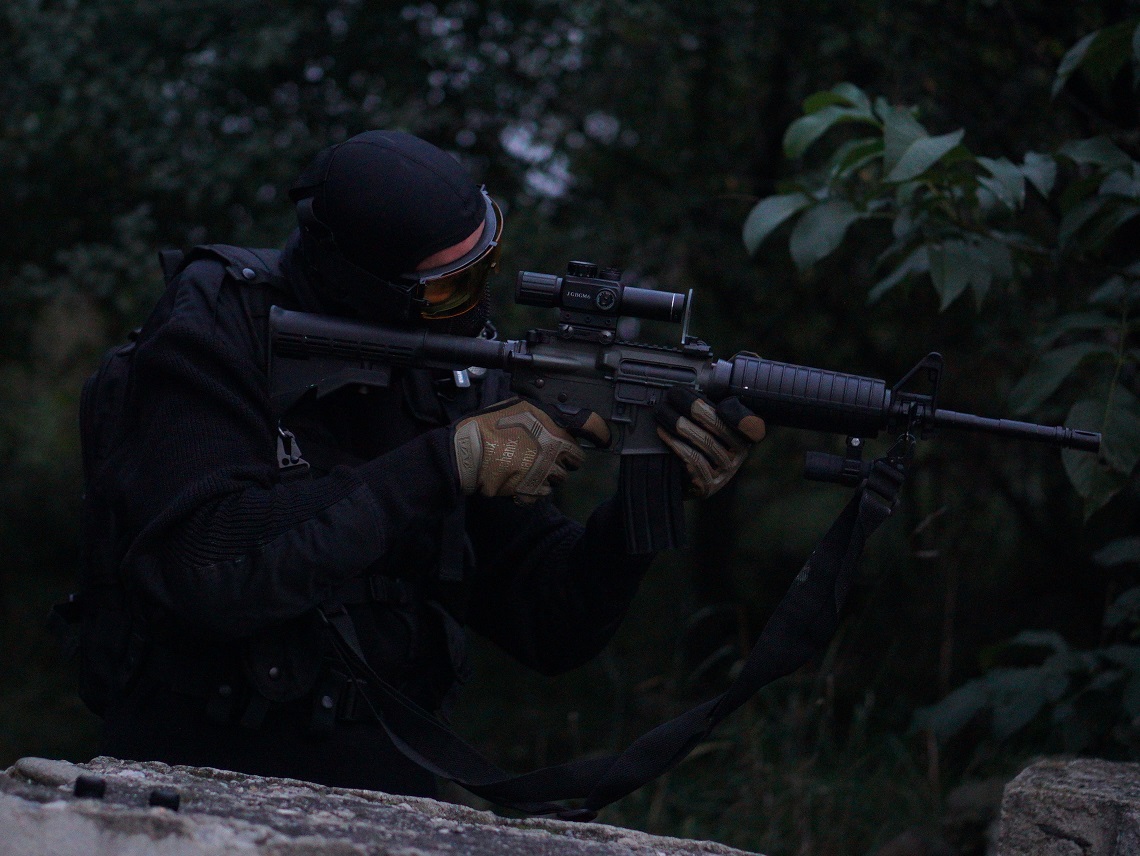In some circles, the term “bulletproof” is considered a pejorative term for a bulletproof vest. This vest is more accurately described as “bullet-resistant” than “bulletproof” because it does not provide total protection against bullet impact. These days, it’s standard issue for soldiers and even civilians to wear bulletproof vests to prevent bullets from tearing through to their internal organs. After deciding to buy a bulletproof vest, it is important to bear the following in mind before choosing one:
- A bulletproof vest should be constructed from a sheet of sophisticated plastic polymers like Kevlar or Spectra Shield.
- It is important that the side of the hull that is facing you be the most comfortable. To accomplish this, the manufacturers sew an absorbent coating onto the finished product.
- You can get bulletproof jackets with nylon padding for an added layer of protection.
- Choose a bulletproof vest with built-in pouches to store metal or ceramic plates linked to fiberglass for use in hazardous Such vests may also help protect the wearer against blunt force trauma, such as that caused by a car crash or a knife attack.
- Consider the vest straps as well, as they are of equal significance. Bulletproof vests have various strapping methods. In some designs, the side panels are attached via elastic webbing. Some other designs use metal or fabric buckles to keep the vest in place.
- It is essential to buy a vest of the appropriate size. You can get accurate information regarding the vest size on the label. The product’s size, make, model and care instructions are usually printed on the label, in addition to the name and logo of the company that manufactured it.
- It would help if you only chose an NIJ-certified bulletproof vest. An NIJ-certified bulletproof vest will have the following extra information on the label: the certificate protection grade, lot number, date of issue, and serial number.
For more articles, please click here.

Recent Comments